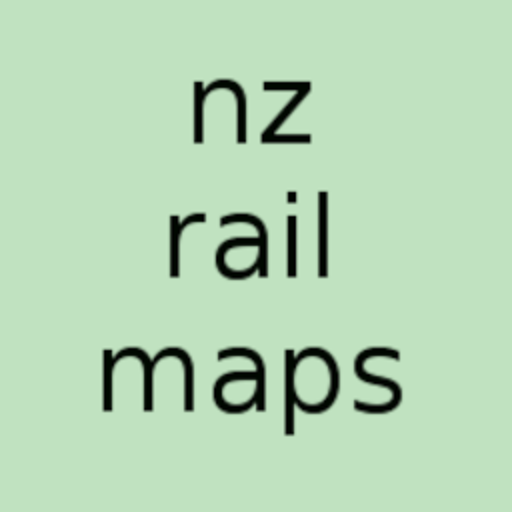It has been determined that it is useful and appropriate for NZ Rail Maps to use miles and chains as a measurement unit for the purposes of maps produced in the project. All imperial distances for Volume 11, which covers the Main South Line from Lyttelton to Wingatui and all of its branches, will now be rendered either in decimal miles (typically rendered as xx.yy M) or in miles and chains (typically rendered as xx:yy M). This has not been the case before now because the distances have traditionally been stored as numbers, whereas this now has to be changed to text, and because there is no standardised symbol for separating miles and chains (the tables in NZR publications generally use a midpoint which is not a standard 7 bit ASCII character). Because it is now possible to write a function to translate a separator and convert text to a number for calculations it is therefore reasonable to use miles and chains based measurements. As the trial of this system in Volume 11 has been successful, it will be migrated to other projects as they are updated.
At the same time, whilst working on the Springburn / Mount Somers branch maps, it has become apparent that all distances shown against stations for the Branch line in the 1947 Working Timetable are incorrect. Distances shown on various yard diagrams which have been copied from Archives New Zealand by the project in every single case do not correspond to those shown in the Working Timetable.
Due to the lack of clarity, the distances for stations have therefore been omitted from NZRM maps of the Branch except at two locations where it is believed that distances can be accurately determined. These are at Lagmhor Station (4 miles 75 chains) and Punawai (13 miles 29 chains), both of which are at variance with the WTT. In addition, milepegs have been places for all distances that are stated withing various files obtained from Archives NZ. This means where a measurement is shown on a yard diagram or stated in a particular file (e.g. for the first abutment of a bridge), a milepost has been added to show that measurement.
The reason for the numerous discrepancies are not always clear, but for many decades the generally accepted definition of the exact position for a station has been the centre of station limits, which very often coincides with the centre of the main station building. In the Mount Somers / Springburn Branch, in most cases, the distance shown for a station coincides with the northernmost or westernmost end of station limits. In the case of both the Mount Somers and Springburn stations, this happens to be the End of Rails at the time when both were terminal stations.
It isn’t clear whether these measurements resulted from a different understanding in the 1880s about how a station’s distance was measured. However, the measurement for Punawai is clearly depicted on a diagram as being the distance of where the station building is located and as the centre of the siding loop, implying this form of measurement was in place 100 years ago. Measurements could have changed if the whole branch line was remeasured during the period it was open, but no evidence has been found to suggest this was so. The Branch closed in 1968, some 6 years before metrication, and whilst every remaining line in NZ was remeasured at that time, this was done primarily to insert kilometre pegs and not to validate or alter the position of the imperial milepegs. However there have been suggestions that remeasurement did take place in imperial-measurement times on the NZR network in places, but this seems to have mostly been the case up until about the first decade of the 20th century.
The 1947 working timetable shows Lagmhor at 5 miles 4 chains, or 9 chains west of the location originally given for it (Lagmhor was relocated approximately 55 chains further east from its original location around 1910 and at the same time the name was changed from Chelmsford). In this case the possible discrepancy could be explained by it being given a named distance from Springburn. As the WTT distance for Springburn is wrong, this could be one way of understanding how an incorrect distance appears in the WTT. The diagrams available from research for the new Lagmhor station show the centreline of the station building at 4 miles 75 chains and this is the measurement shown on the maps for the position of Lagmhor. Instructions were given to add this number to the working timetables of that time, but at some later time, the working timetable distance must have altered to 5 miles 4 chains for unknown reasons.
